The Tōhoku region of northeast Japan is definitely a lesser seen area for tourists visiting Japan. As I found out, certainly not from its lack of beauty or charm. During winter I was lucky enough to spend 5 days discovering Tōhoku on a partnership trip with Japan National Tourism Organisation (JNTO). Welcome to my diary of the wonderful experience I was blessed to have in this unique part of Japan.
 Having a ball in Tōhoku - Photo by Corey Crawford
Having a ball in Tōhoku - Photo by Corey Crawford
Day 1 - Miyagi Prefecture

We wasted no time at all in heading to our first destination. After landing in Tokyo at 4.30am we were greeted by our Taxi driver and made our way to Tokyo Station to begin our journey to Sendai Station on the Shinkansen. After a quick convenience store coffee of course.
Sendai is the largest city in the Tōhoku region and a town with a strong history from the Edo period, founded by one of Japan’s most powerful feudal lords, Date Masamune. We wouldn’t spend long in Sendai, after meeting our guide and driver who would be with us for the remainder of the trip it was off to our first destination.
Matsushima, Miyagi Prefecture
Located roughly half an hour from Sendai is the town of Matsushima. Nestled in a small bay, the town was hit by the earthquake and tsunami that hit Tōhoku in 2011. Fortunately, most of the area escaped damage due to its protection inside the bay. While in Matsushima we would visit three famous temples all within walking distance of each other, including the most well-known and National Treasure, Zuiganji Temple.

Godaido Temple is a small temple located on an islet just next to Matsushima pier. The present building is a 1604 reconstruction by the local feudal lord Date Masamune. Despite its exposed location by the waters edge, amazingly Godaido did not suffer any major damage in the earthquake and tsunami in 2011. It is easily recognisable by its two red wooden bridges up to the temple.
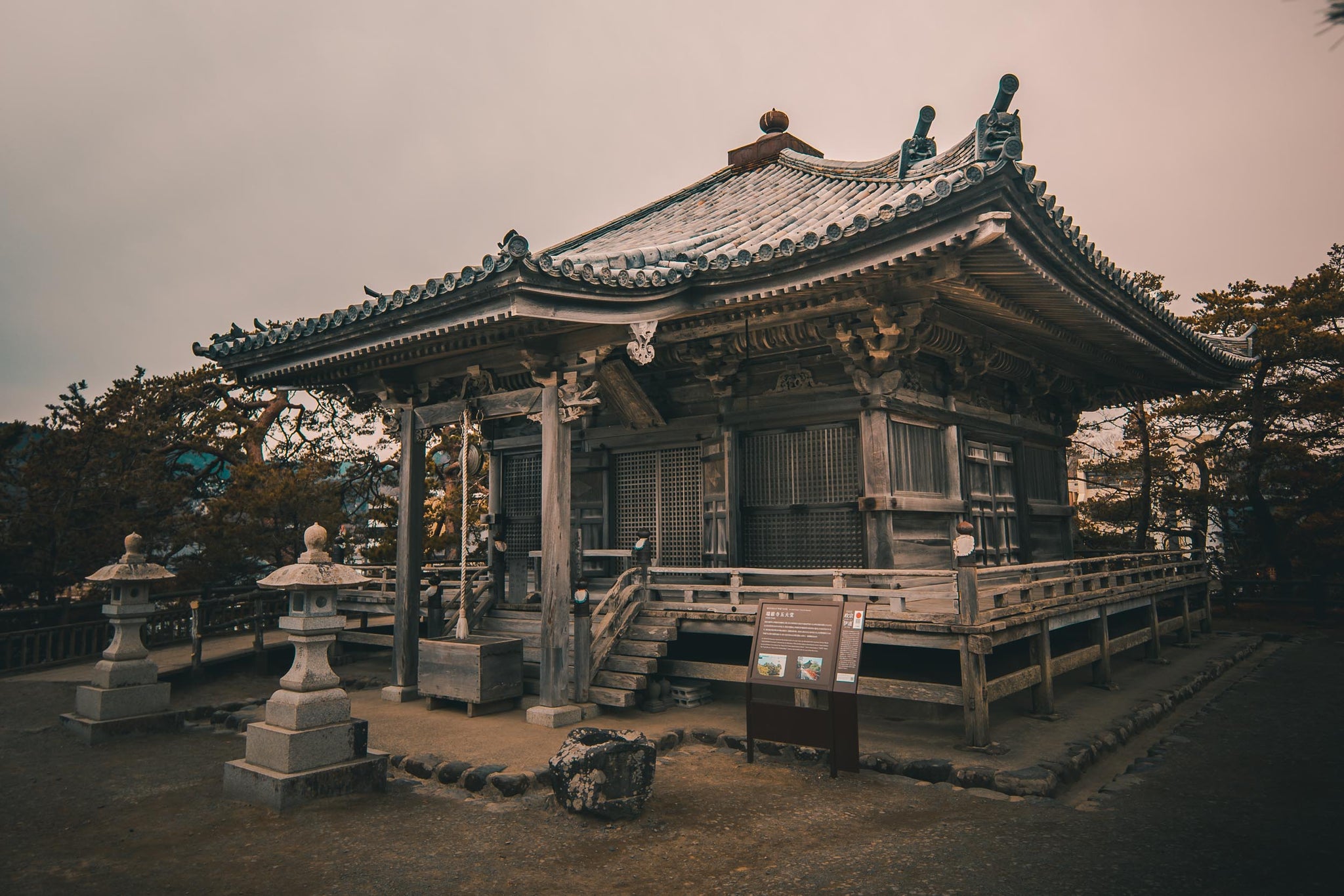
Godaido Temple, Matsushima
The second, Zuiganji Temple is arguably one of the most important Zen Buddhist temples in northern Japan and also a National Treasure. It was originally built in 828 then rebuilt by by the famous feudal lord Date Masamune in 1609, to use as his family temple. Zuiganji temple is surrounded by large gardens, in which you will also find ancient Buddhist caves. Within the caves, Buddhist ruins remain from the 8th century. Historically priests and monks would visit Matsushima to live and practice Buddhism in these caves which can still be viewed today.



Entsū-in, the third temple, is an enchanting little temple that sits almost directly next to Zuiganji. It was built as a memorial for Date Mitsumune, son of the ruling feudal lord at the time, Date Terumune. Destined to be the next feudal lord and with such promise, the temple was built in mourning for Mitsumune, when he died suddenly at the young age of 19.

Entsū-in Temple, Matsushima
After visiting the three temples we headed to Matsushima fish market, for our first meal of the trip. Surprisingly (maybe not if you know me), rather than try the local seafood I seized the first opportunity available to order ramen. And as usual, it did not disappoint.

Naruko-Onsen, Miyagi Prefecture
After lunch we continued to our next stop in the Miyagi prefecture, where we would stay the night - Naruko-Onsen. A scenic hot springs town nestled between the mountains close to the neighbouring Yamagata Prefecture. Although the town is famous for its hot springs it is also known for kokeshi dolls. Naruko happens to be one of many places that claims to have originated the kokeshi. Kokeshi are small cylindrical wooden dolls, very symbolic of the Tōhoku region. Kokeshi are literally everywhere you look in Naruko, with roughly 80 craftsmen working full-time on the art. While in Naruko we visited the store of one of these craftsmen and even had a go at painting our very own.



Corey’s, Vicki’s and my attempt at painting our first kokeshi doll
That night we would continue to discover the amazing Japanese hospitality and how well looked after we would be on this trip.

Dinner on our first night in Japan
Day 2 - Miyagi to Yamagata Prefecture

Naruko Onsen during sunrise
Our first day waking up in Tōhoku would begin nice and early, hoping to find a nice spot for sunrise. As we made our way down through the thick snow towards the river we were greeted with a lovely (but very cold) winter’s morning. After shooting sunrise we headed back to the hotel for breakfast and to quickly get packed up to move on to our next prefecture, Yamagata.

Lone tree during sunrise - Naruko-onsen
Mogami River Boat Ride, Yamagata Prefecture
Unfortunately, we weren’t blessed with great weather on Day 2. Our first stop was a boat ride down the Mogami River. Luckily, this meant we would be sheltered from the rain on-board. As we enjoyed an early lunch cruising down the river we were blessed by the singing of the local guide on the boat, something that all the guides do on this boat trip.

Dewa Sanzan, Yamagata Prefecture
That afternoon, as the rain continued to fall we continued our journey to Mount Haguro. One of the three holy Dewa mountains (Dewa Sanzan). Holy to the Shinto religion they have some of the oldest history of mountain worship in Japan, first opened as a religious centre over 1400 years ago in 593. Out of the three mountains, Mount Haguro is the only one open all year round and accessible during winter.

The rain didn’t stop as we walked the snowy (and sometimes slippery) path towards the stunning five story pagoda at the base of Mount Haguro. A beautiful sight despite the poor weather conditions and well worth navigating the tricky path to get to with umbrellas in hand.

After walking back to our van, we then drove towards the top of Mount Haguro to visit Haguro-san shrine at its summit. As the rain slowly began to ease off, we were greeted with some fog which made for some interesting photos.
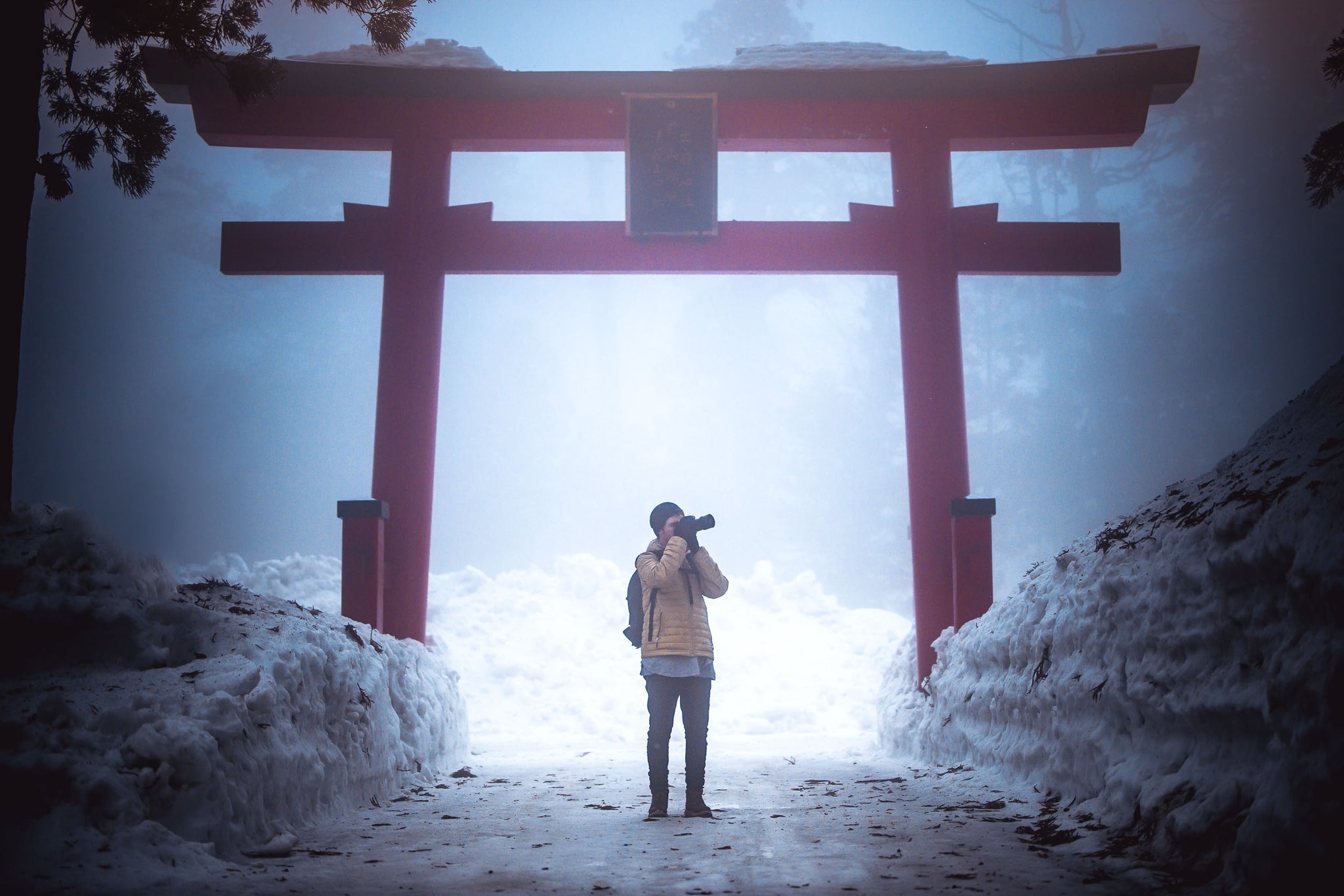
Ginzan Onsen, Yamagata Prefecture
That evening we were in for a real treat, visiting the charming little hot spring town of Ginzan Onsen. On arrival we couldn’t resist heading straight out to take photos before dinner, despite more rain falling. Lucky we did because after a short while the rain slowly began to turn to snow. A magical sight to see thick, white snowfall in such a picturesque little town.

After heading back inside to defrost and enjoy some dinner at the hotel we went straight back outside to take some more photos and make the most of our time here.

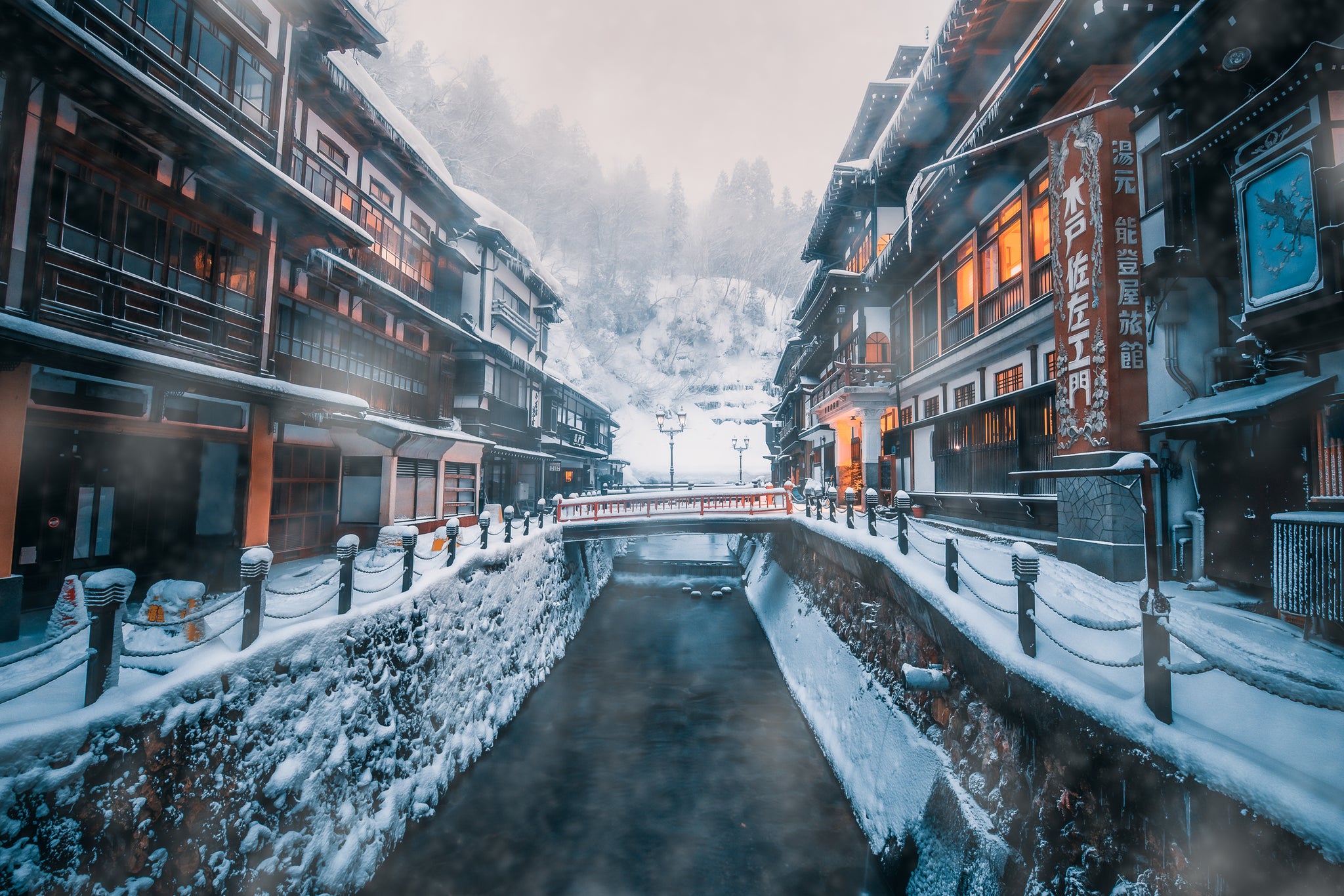
Day 3 - Continuing in Yamagata Prefecture

Again we woke up nice and early, for the chance to capture Ginzan Onsen at first light with few people about. The snow had continued to fall overnight and now covered the town in white. Certainly a highlight and a sight I feel even the photographs don’t quite do justice.


 Breakfast at Ginzan Onsen
Breakfast at Ginzan Onsen
After breakfast we were due to move on to our next location. Just before we left, the snow began to fall heavier and heavier. Such a memorable sight watching the heavy snowfall and I definitely didn’t want to leave this gorgeous little town. However, we still had much more to discover in Tōhoku so it was on to the next town!
Mount Zaō , Yamagata Prefecture
Next on the list was Mount Zaō , here we would see the local attraction of the “Zaō Snow Monsters” and enjoy a day on the slopes either skiing or snowboarding. After arriving we got kitted up in some rental gear from our hotel and headed straight up the mountain on the ropeway. Firstly, to have some lunch and then to hit the slopes.

On the ropeway up the mountain the cloud became thicker and thicker until visibility appeared less than 10m. At the top of the mountain it was close to -15deg Celsius at this point and the wind was nothing less than intense. After a hearty meal we headed out into the cold. Not fully prepared for these conditions, my face and fingers immediately went numb out in the wind.
Thankfully, as we boarded down to lower part of the mountain (where a lot of the runs were), the conditions greatly improved, both in terms of temperature and visibility and I was reunited with the feeling in both my fingers and face.
After an enjoyable afternoon on the slopes we headed back for an early dinner and prepared for heading back up the mountain. Our guide warned us that the temperature would be as low as -25 degrees Celsius, naturally we added several more layers before we made our way back up. In total, I believe I counted over 20 items of clothing that I had on.
 Unfortunately the famous Zaō Snow Monsters were not well formed due to recent weather, but it was still a memorable experience. Once at the top we only had a brief 5 minutes to shoot around. Despite the cold we all wanted more time outside to capture this unique experience.
Unfortunately the famous Zaō Snow Monsters were not well formed due to recent weather, but it was still a memorable experience. Once at the top we only had a brief 5 minutes to shoot around. Despite the cold we all wanted more time outside to capture this unique experience.
Day 4 - Fukushima Prefecture

The next morning the snow was again falling heavy, as we checked out and hit the road onto Fukushima. But first, a brief stop at Family Mart where I was reunited with some old friends, matcha cookies and one of my favourite brands of convenience store coffee. If you’re in Japan I seriously recommend heading to Family Mart to try these cookies. Even if you’re not a real fan of matcha, these sweet cookies are a good place to start to widen your taste-buds to the deliciousness that is matcha.
Kitakata, Fukushima Prefecture
Our first stop for the day in Fukushima was the Yauemon saké brewery. Here we were introduced to the process of making saké and of course, sample the saké. I also made a purchase or two to take home.

Kitakata is also famous for its unique style of ramen. The noodles used here are hirauchi jukusei takasuimen (slightly thicker, flat and wavy, made with a higher water concentrate). As we later found out, after waiting over 60 minutes at the restaurant, the place we visited had won awards for its shio based ramen and was obviously a popular spot. I opted to try the shio here and it was well worth the wait!

Ouchi-juku, Fukushima Prefecture
For the afternoon we were off to visit the winter festival at the small village of Ouchi-juku. This winter festival has become hugely popular and we soon found out why. Ouchi-juku is a beautiful little old post town and its charm fits in perfectly with the white of winter. Here you can sample local delicacies, view local performances and absorb the wonderful vibe of this village in winter. Oh and if you want to brave the crowds leaving they also have fireworks at night.

Unfortunately, due to our tight schedule and not wanting to get stuck in thick traffic, we weren’t able to stay for the festivals evening events and fireworks. Nonetheless, it was a wonderful atmosphere and I would definitely recommend a visit to this lovely little town when visiting Tōhoku.

That night we made our way to our final hotel on the trip, where a huge buffet dinner awaited us. Although all the food was good here (especially the fresh sushi with chefs on hand at the buffet), one particular sweet potato dessert won my heart. After an initial reluctance to try this dessert (mostly because I was already so full from the elaborate buffet) I was quickly going back for seconds. I do hope to find you again one day sweet potato tart!
Day 5 - Final Day, Fukushima Prefecture

Awaking for our final day of the trip I took the last opportunity to get up early and take a few quick snaps out the hotel window before heading down for another huge buffet breakfast. Although the buffet supported many breakfast sweets, there was no sweet potato tart to be found and I wondered if I was to ever taste it again.
Aizu Wakamatsu, Fukushima Prefecture
After hearing more about its history it’s easy to see why Aizu Wakamatsu is referred to as Samurai city. On our final day we would visit a famous samurai house (now museum), and visit the historical Tsuraga castle, before our final stop for the trip, Lake Inawashiro.


First stop in Samurai city was the museum and restored samurai house, Aizu Bukeyashiki. This site served as the quarters for the region’s highest ranking samurai, including his family, servants and employees. Like a number of the historical sites here it was destroyed and burnt down during the Boshin War in 1868, but has been rebuilt and furnished to replicate the Edo period - providing an interesting insight to the life and times of the samurai.
Next we would visit Tsuruga-jō also known as Aizu-Wakamatsu Castle. This castle was one of the last strongholds of samurai loyal to the shogunate and where a month long siege on the castle took place. The Aizu clan were ultimately defeated, surrendering to the attack of the Imperial army. This helped mark the end of the samurai and feudal system in Japan and the start of the Meiji period and Imperial rule in Japan.



Beautiful in white - Tsuruga Castle
The castle suffered damage during the month long battle and was later demolished by the new government. While the castle itself had to be rebuilt, the garden's walls and moats are all original. Truely a beautiful sight against the white snow of winter. It is also surrounded by cherry trees and I can imagine it would be a stunning sight during Spring with the pink of the cherry blossom.

Shrine at Tsuruga Castle
Before heading to our final location we would visit a local tonkatsu restaurant, popular for their tonkatsu-don. Another highlight for me.

Lunch at Maruichi Shokudo
For our very last stop of the trip we would make a short drive to, Lake Inawashiro. Here we would see the many swans, ducks and numerous tourists enjoying feeding them. A nice pleasant and calming way to end our trip.


That’s all folks
That was it for our trip. After Lake Inawashiro we made our way to Koriyama Station to take the Shinkansen back to Tokyo. For me my trip would continue on for another week in Tokyo, but that was the end of our trip with JNTO in Tōhoku.
Also a special thanks to JNTO but also to Corey and Vicki who also took part in the sponsored trip. I definitely recommend checking out their work and to see a few more photos from our trip!

https://www.coreycrawfordimagery.com/

https://maketimetoseetheworld.com/
Thank you sharing along in my journey and if you have any questions or would like to know more about any of the places visited please do not hesitate to contact me. I absolutely loved my time in Tōhoku and can’t wait to come back one day.
Peace out,
TK.


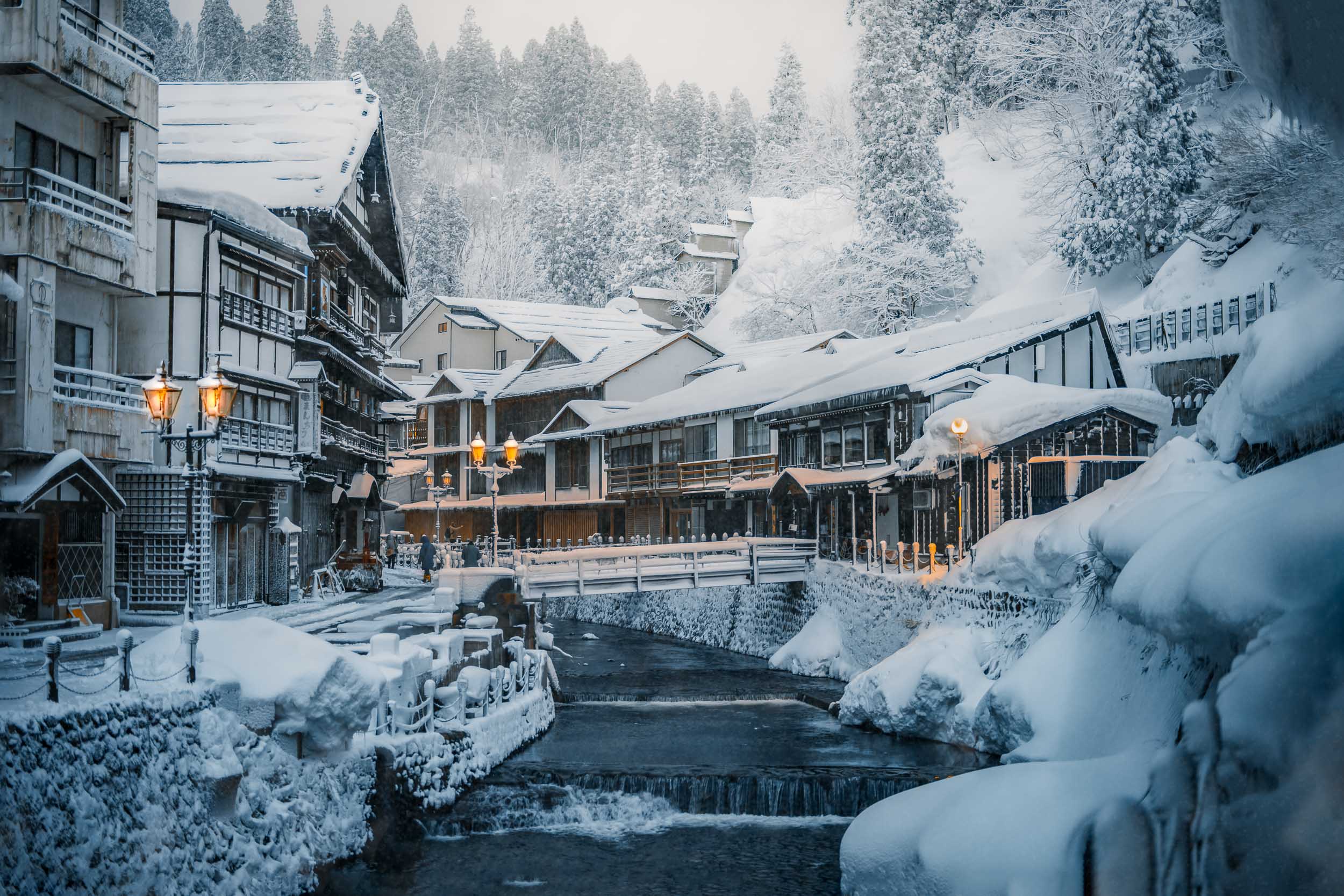

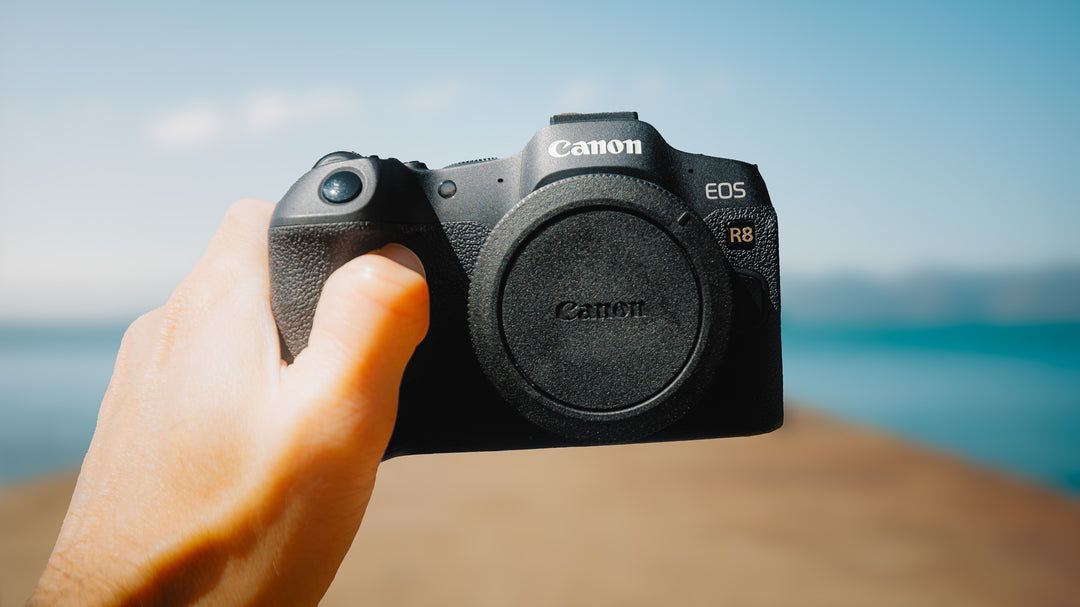
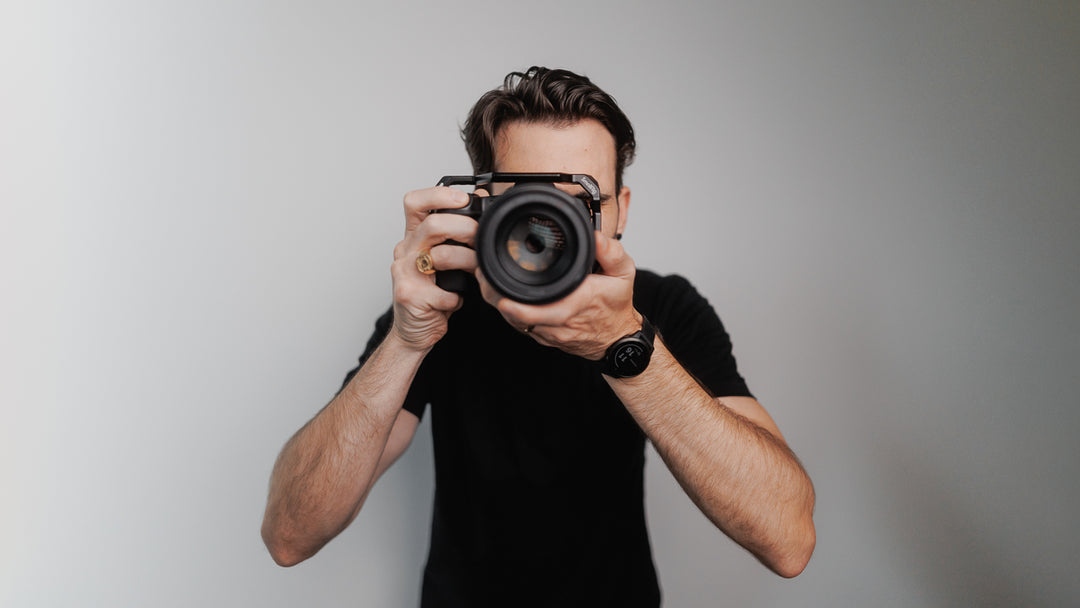
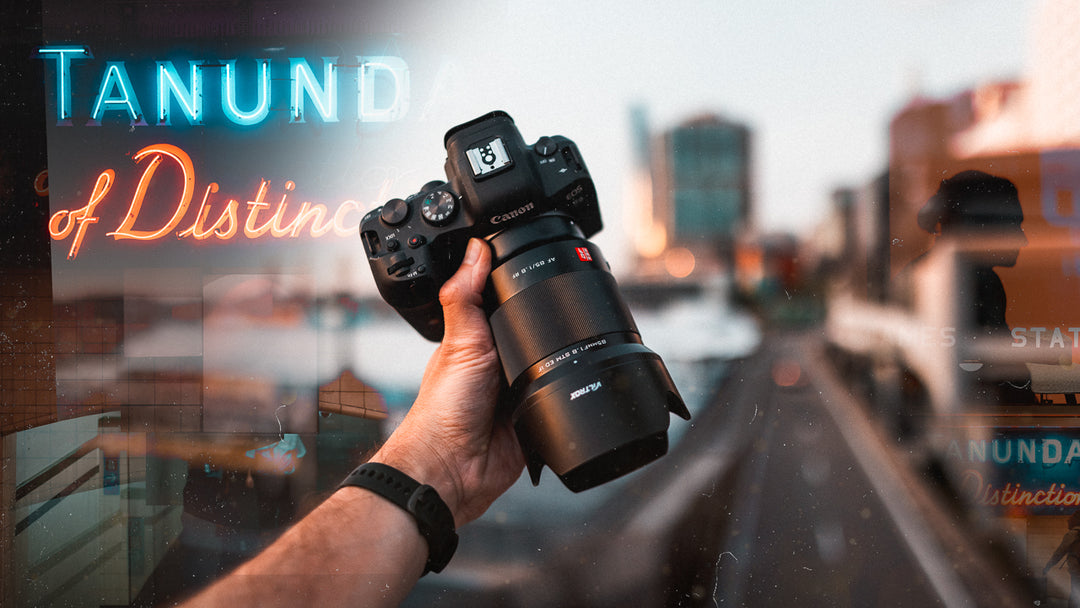
Muchas gracias. ?Como puedo iniciar sesion?
zCUgTbhWYVKJdP
tWZfaATbYsROP
bEKogPUBcM
ojbhPKCqmxirEs
Leave a comment